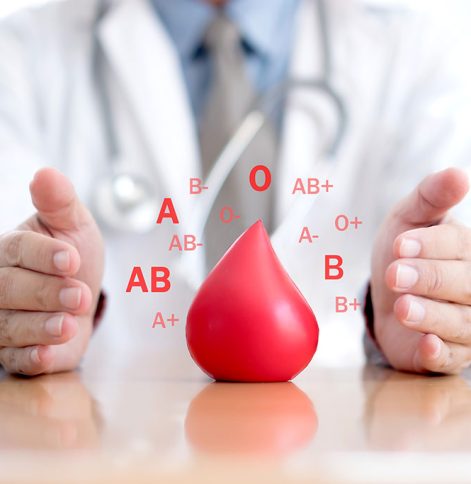What is a Platelet Disorder?
A platelet disorder is a group of conditions that are caused by a problem with the platelets. Platelet disorders can either be:
- Acquired – they develop during your lifetime
- Inherited – you are born with the condition
What are Platelets and What Do They Do?
Platelets are the smallest of our blood cells, but they have a very big job to do when there is bleeding. When you cut or injure a blood vessel,
- Platelets rush to the site of the injury.
- Platelets stick to each other and to the area of the blood vessel that is bleeding.
- As more and more platelets gather, they signal for other helpers like clotting factors to come to the site and help stop the bleeding.
When everything works right, a platelet plug is formed that helps stop the bleeding.


